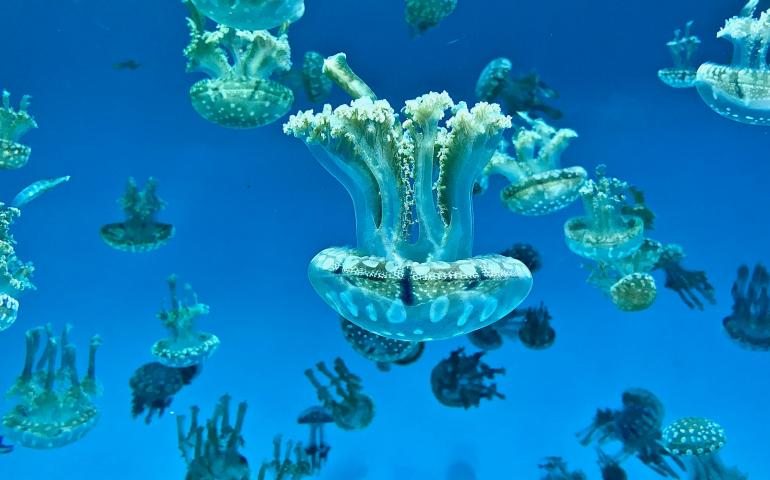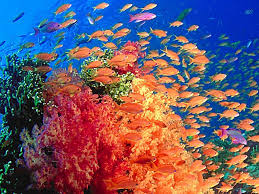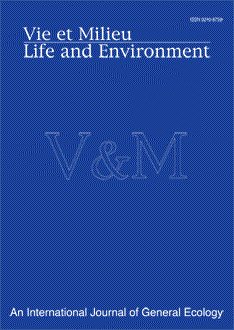Issue 2
Vol. 1 No. 2 (2024)
Glyphosate and paraquat are broad-spectrum and non-selective herbicides used for weed control worldwide. Their potential impacts on alterations in non-target organisms are known. In this study, we reported the effects of glyphosate and paraquat on the mortality and growth response of Tenebrio molitor larvae after 48-hr exposure to glyphosate and paraquat. The results indicated that the LC50 value for paraquat (LC50 = 0.31 mg/cm2) was lower than for glyphosate (LC50 = 1.77 mg/cm2), indicating that paraquat was more acutely toxic to T. molitor. At evaluated concentrations, the third- and fourth-instar larvae exposed to glyphosate showed less impact on body length and weight compared to the control in the post-exposure development of surviving larvae. Most pupae developed from surviving larvae of glyphosate exposure showed incomplete emergence of adults from their cocoons, with most dying during ecdysis. Some emerging adults survived, but their moults broke into pieces. In contrast, following exposure to paraquat, surviving larvae showed more shrinkage of body length and weight loss at higher doses than at lower doses. Our results regarding a non-target organism suggest that both glyphosate and paraquat should be used with caution
Issue 3
Vol. 1 No. 1 (2024)
In this note we report the first direct evidence for Europe of coypus (Myocastor coypus) feeding on freshwater algae. Coypus fed on green algae of the genus Spirogyra (Zygnematophyceae) in a Mediterranean coastal wetland of central Italy (Torre Flavia) where Spirogyra represents the most spread filamentous macroalgal stands. By analyzing Spirogyra stands, we also detected the presence of microalgae which, in turn, have been indirectly ingested by coypus: Ulnaria capitata, Navicula sp., Nitzschia sp. (Bacillariophyceae), Netrium digitus (Zygnematophyceae), and Phacus sp. (Euglenophyceae). Other taxa of green macroalgae, such as Cladophora glomerata and Ulva intestinalis (Ulvophyceae), were commonly recorded in the same area, however there is no evidence that they were consumed by coypus.
Issue testLA
Vol. 1 No. 2 (2024)
ici la description du numéro sefslgfsdGSgd
Test
Vol. 2 No. 1 (2024)
Issue 1
Vol. 1 No. 1 (2024)
This study aims to assess the age and growth rates of the common carp, Cyprinus carpio (L., 1758) in Sidi Saad Reservoir in Tunisia. Sampling was conducted throughout the entire year of the experiment (January through December). A total of 2285 specimens, ranging from 12 to 58 cm in length (TL) and 24.7 to 2620 g in weight, were caught during the study period. The sample consisted of 1291 females and 994 males with total length weight (W) relationship estimated at W = 0.0156 × TL2.93. The monthly percentage of specimen having a terminal translucent zone indicated that circuli formed once a year, during the cold season (January). The back calculation method demonstrated the validity of using scales in the estimation of this species’ age and growth. The parameters of Von Bertalanffy growth, based on the analysis of scales for 570 specimens, were estimated for each sex separately: L∞ = 62.20 cm, K = 0.151 a–1, t0 = –0.966 for females, as L∞ = 57.98 cm, K = 0.165 a–1, t0 = –0.873 for males and as L∞ = 60.05 cm, K = 0.157 a–1, t0 = –0.92 for combined sexes. Ten age groups were identified within the common carp population in the studied reservoir.
Métopes
2025
Lorem Ipsum
Vol. 12 No. 35 (2025)
Lorem Ipsum




